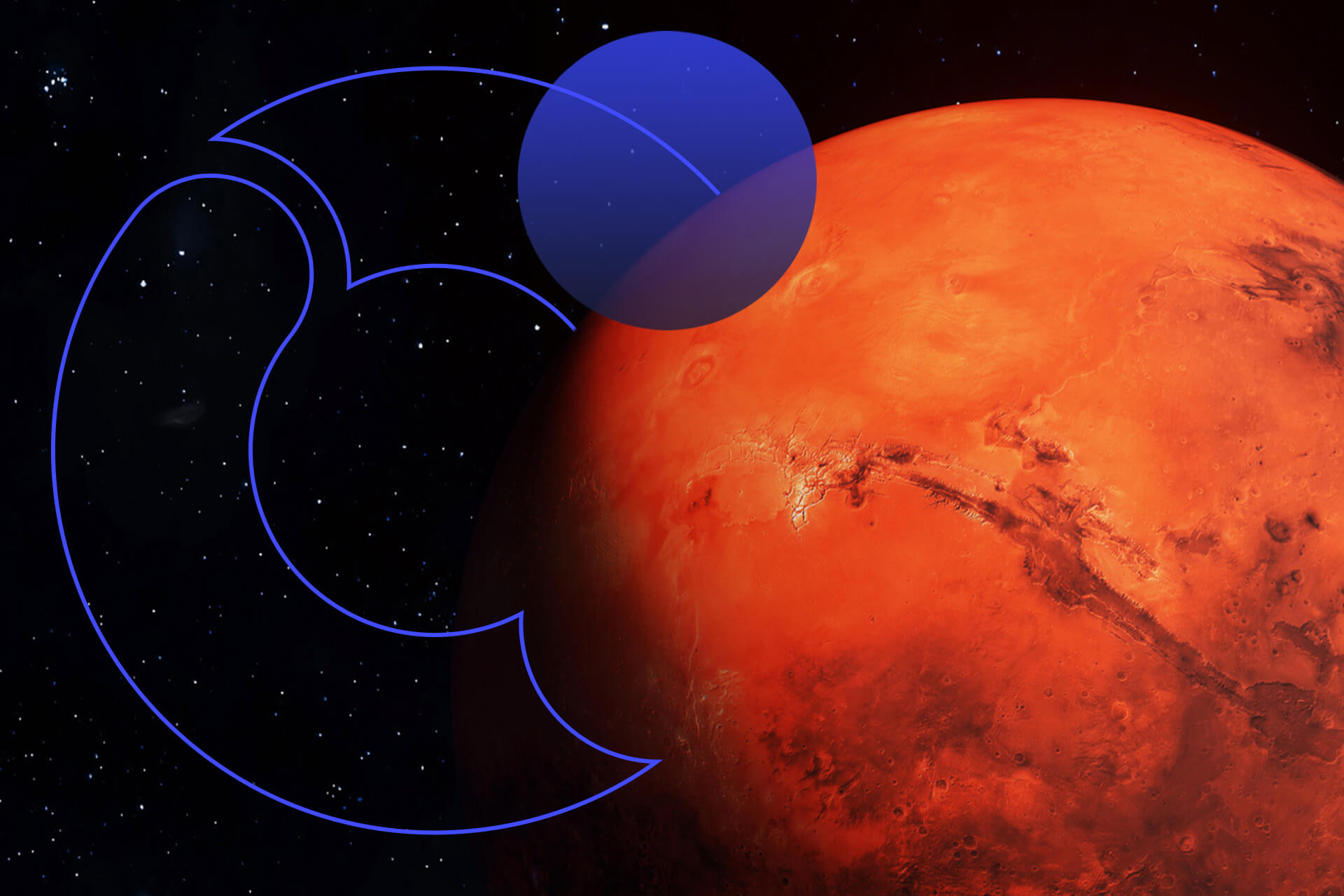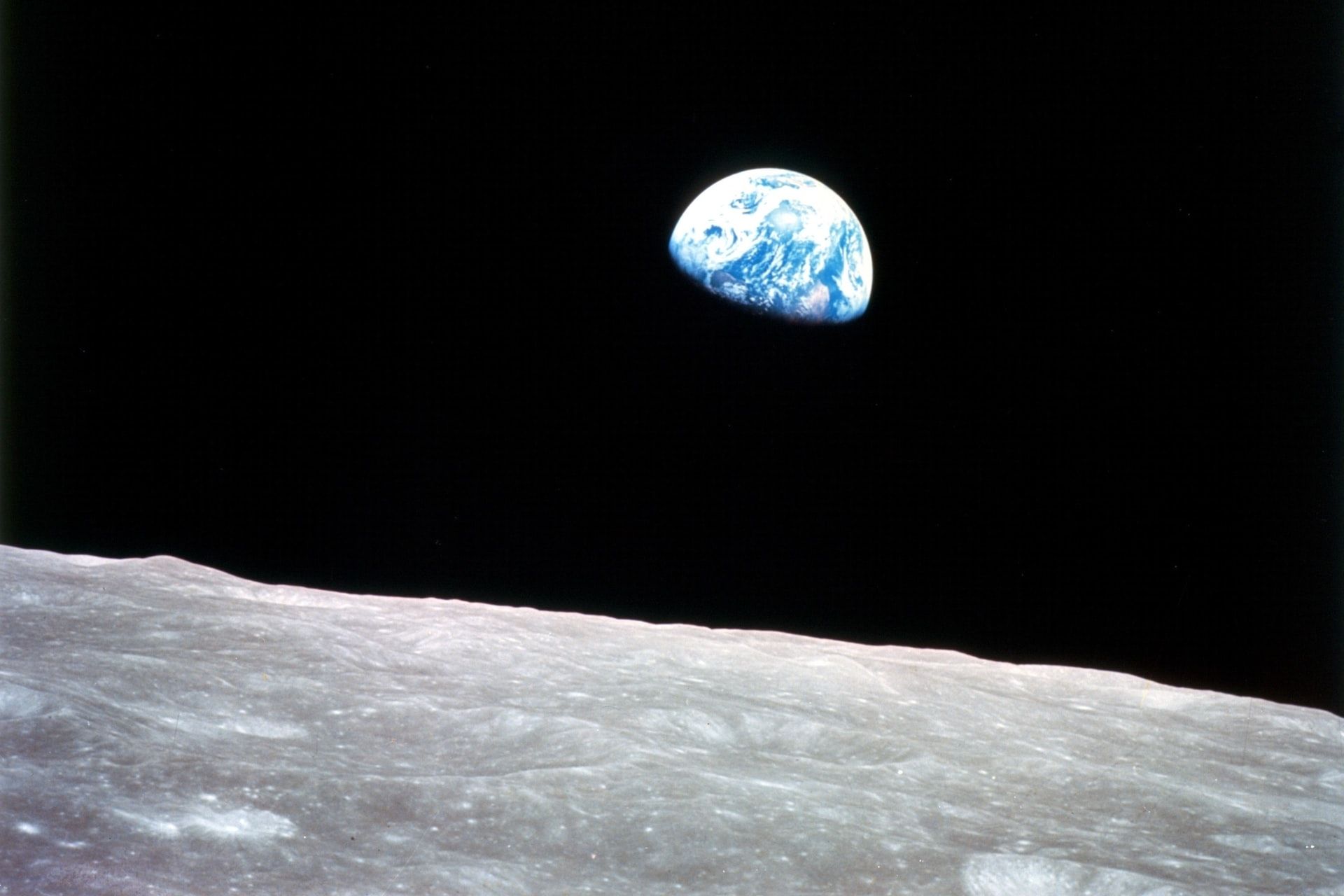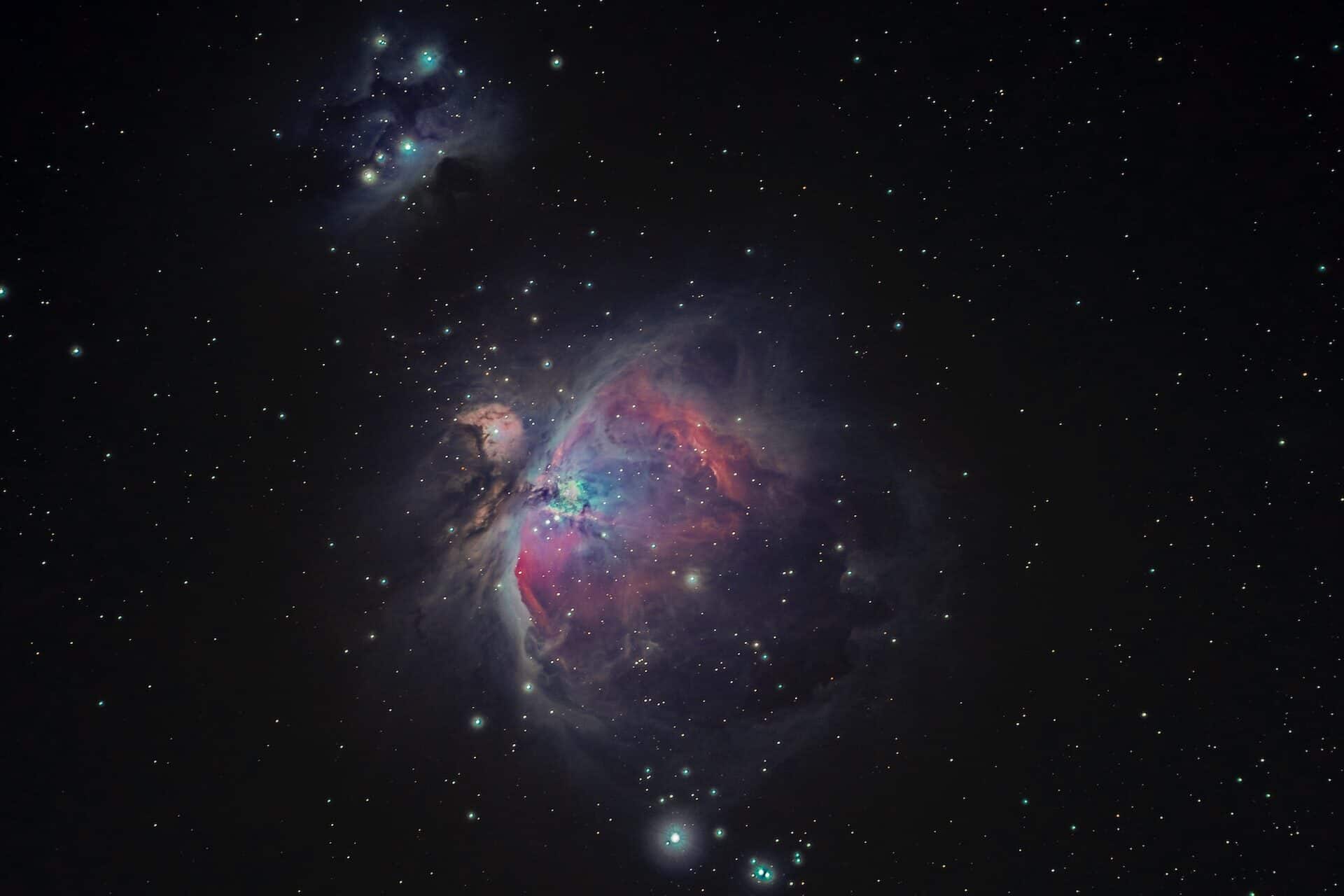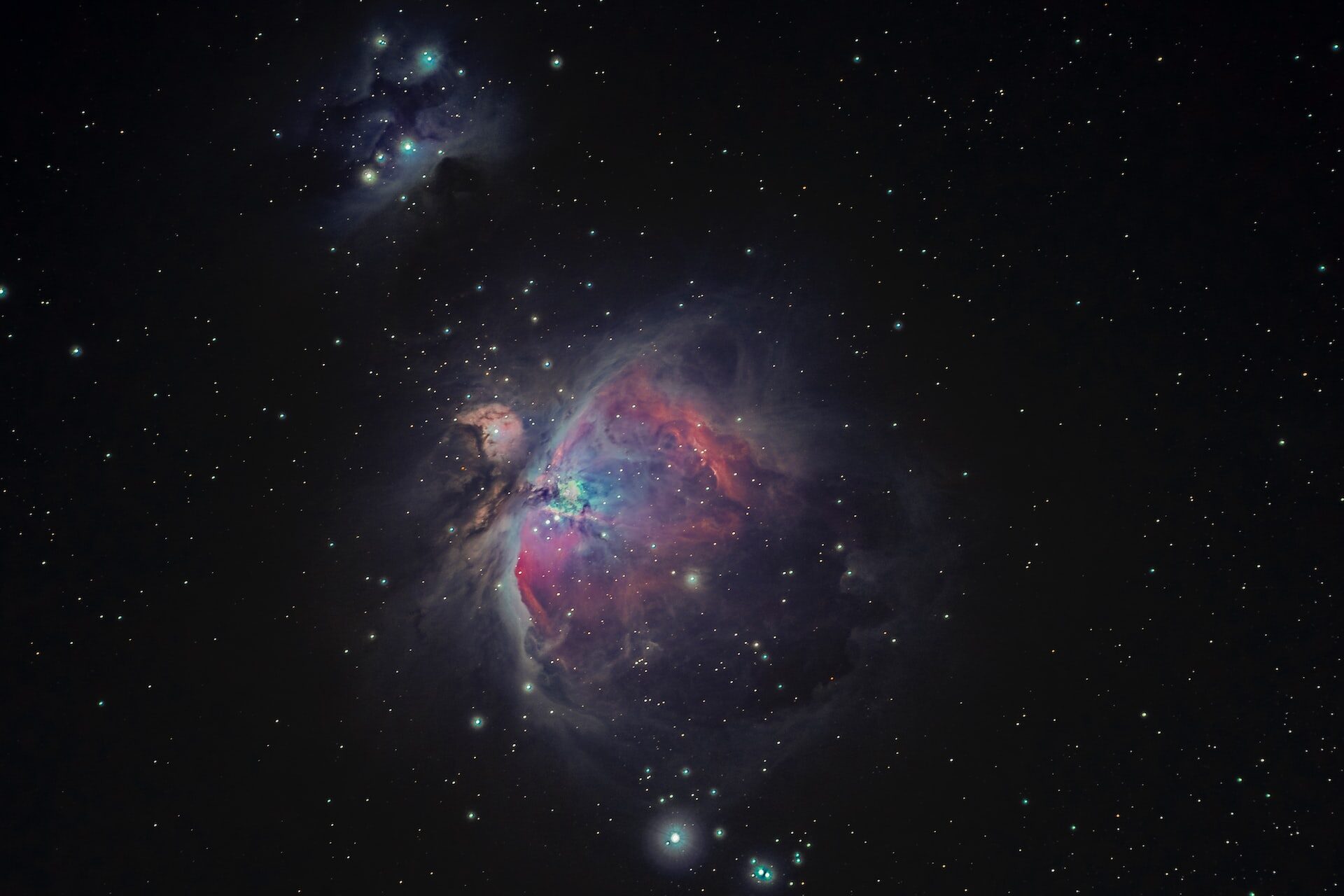
Why Does Mars Contain Organic Materials?
April 24, 2018 - Emily Newton
Revolutionized is reader-supported. When you buy through links on our site, we may earn an affiliate commision. Learn more here.
We typically think of Mars as a dead planet. With no water, a thin atmosphere and dust storms that can last for months, it’s not exactly conducive to the development of life. But despite the harsh environment, scientists have found organic materials on Mars. How did we find organic matter on the Red Planet, and how did it get there in the first place?
News From Curiosity
Since it landed on Mars in 2012, Curiosity has been exploring the surface of Mars, studying the Red Planet. It has discovered ancient streambeds where water used to flow, dry lakes that could have at one point supported microbial life and other pieces the planet’s history in core samples during its extended mission.
It was initially only designed to last for two years on the harsh surface of our closest interstellar neighbor but has continued to send news home. Curiosity is also equipped with the Sample Analysis at Mars onboard laboratory that allows it to analyze the atmosphere and surface of the red planet. What they found is something that no one ever expected — organic materials scattered over the surface of Mars.
Organic Materials on Mars
In 2015, Curiosity spotted organic material on the surface of the red planet — elements that shouldn’t be on the surface of Mars. This isn’t the kind of organic material that you might see on Earth’s surface. In this case, an organic compound is any compound that contains carbon atoms.
These atoms are made up of a variety of different combinations of molecules in ways that could potentially create life if they are introduced into the correct environment. Carbon atoms are the building blocks of life, even if life no longer exists on the surface of the planet. Finding those atoms on Mars could indicate there was life on the Red Planet at one point — or that we could see new life develop there in the future.
Where Did It Come From?
Where did these carbon atoms Curiosity has found on Mars come from? Researchers have theorized that the organic material on the planet’s surface is relatively recent, in cosmic terms. Asteroid and comet impacts and dust particles from the surrounding space are landing on the surface of Mars.
These atoms don’t last long on the Martian surface, though. The thin atmosphere means the surface of the planet is continuously bombarded by ultraviolet radiation, which causes the carbon bonds to break down. Scientists never expected to find organics on Mars — at least not within 5 centimeters of the surface. This discovery, courtesy of the Curiosity rover, has changed the way we look at the Red Planet.
The Future of Mars
Does this discovery of organic materials on Mars mean the planet could become a second Earth in the future? Will the trip to Mars become as simple as traveling to another country? Not on its own, and not for quite a while. Traditionally, terraforming takes three prerequisites: energy, water and organic materials. Before this discovery, humanity would have to bring energy and natural materials to Mars to successfully change the surface of the planet, since subterranean water has already been discovered on Mars.
Now, with the discovery of these organic molecules that are being rained onto the surface by passing comets and asteroids, we may be able to facilitate terraforming without the need for organic materials from Earth. For now, though, it is impossible for humans to survive on Mars without habitats to keep them alive — and it will still be a long time before you can walk outside and take a breath of fresh Martian air. This is pure conjecture at the moment, though.
Even if we manage to make it to Mars within the next five years, it will take multiple human lifetimes to terraform the Martian surface. The potential is there, though, and it may be even easier now that we’ve discovered organic molecules on the surface of the red planet. The first step is to get humans to Mars — and it’s a race to see who will get there first. Everything else will have to wait until we’ve made that giant leap for humanity.
Revolutionized is reader-supported. When you buy through links on our site, we may earn an affiliate commision. Learn more here.
Author
Emily Newton
Emily Newton is a technology and industrial journalist and the Editor in Chief of Revolutionized. She manages the sites publishing schedule, SEO optimization and content strategy. Emily enjoys writing and researching articles about how technology is changing every industry. When she isn't working, Emily enjoys playing video games or curling up with a good book.




